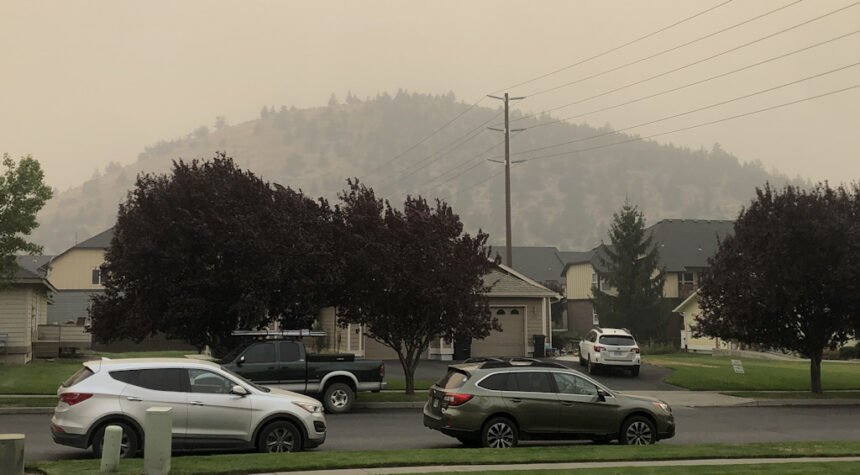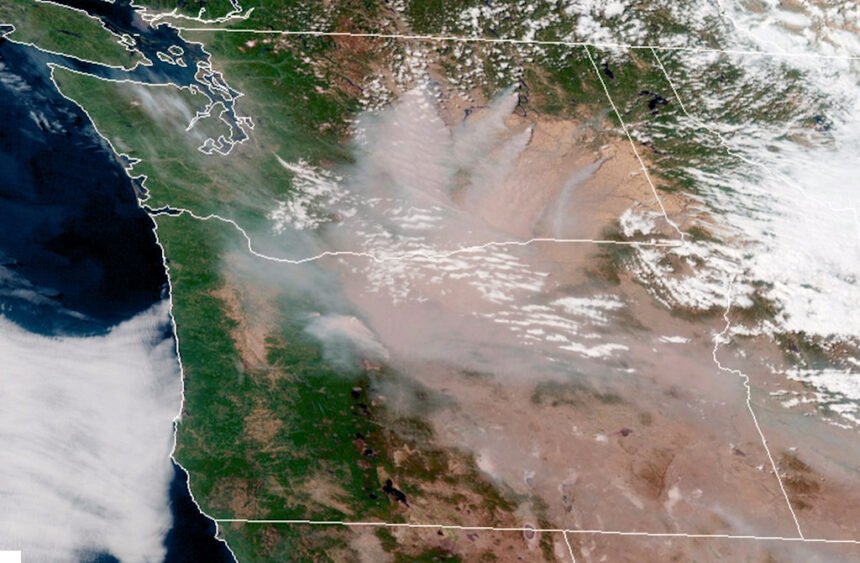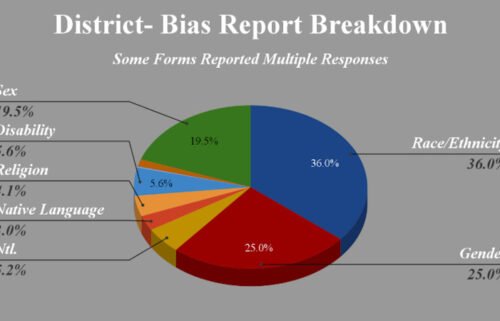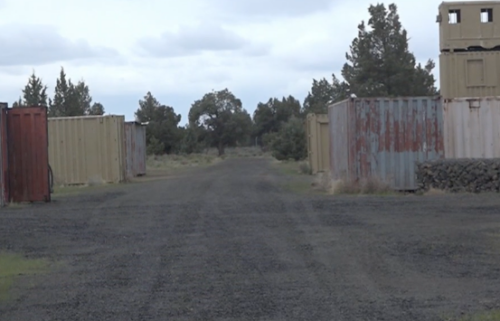Oregon, Wash. wildfires send thick smoke swirling into High Desert


Oregon DEQ
PORTLAND, Ore. — Oregon's Department of Environmental Quality has issued another air quality advisory through Tuesday afternoon for Central Oregon, the Portland area, Willamette Valley and the Columbia River Gorge as strong winds sent dense smoke from Oregon and Washington swirling across the region.
Monday's winds gusting to 30-40 mph blew dense smoke across much of the High Desert, sending air pollution levels to the "unhealthy" category for a time, dropping to "unhealthy for sensitive groups" before nightfall.
DEQ said it and partner agencies will continue to monitor smoke in these areas.
The following areas are affected:
• Portland metro area through Tuesday afternoon. Smoke is coming from wildfires in Oregon and Washington.
• Central and Southern Willamette Valley through Tuesday afternoon. Smoke is coming from the Lionshead and Beachie Creek fires.
• Hood River, Wasco, Gillam and Sherman counties through Tuesday afternoon. Smoke is coming from wildfires in Washington.
• Deschutes, Jefferson and Crook counties through Tuesday afternoon. Smoke is coming from the Lionshead Fire and wildfires in Washington.
Smoke levels can change rapidly, depending on weather. Check current conditions on DEQ’s Air Quality Index or by downloading the free OregonAIR app on your smartphone.
Smoke can irritate the eyes and lungs and worsen some medical conditions. Young children, adults over 65, pregnant women, and people with heart disease, asthma or other respiratory conditions are most at risk.
Protect your health when smoke levels are high:
• Stay inside if possible. Keep windows and doors closed.
• Avoid strenuous outdoor activity.
• Be aware of smoke in your area and avoid places with the highest levels.
• Use high efficiency particulate air (HEPA) filters. These can be portable filters or can be installed in indoor heating, ventilation, cooling and air purification systems.
• If you have heart or lung disease or asthma, follow your health care provider’s advice.
Cloth, dust and surgical masks don’t protect from the harmful particles in smoke. N95 masks that are tested to ensure proper fit and that are worn correctly may provide protection. Otherwise, they might just provide a false sense of security. They are not recommended for strenuous activities and are in limited supply due to COVID-19. Additional information on wildfire smoke and COVID-19 can be found on the Centers for Disease Control webpage.
DEQ’s color-coded Air Quality Index provides current air quality conditions and ranks air quality as follows: Green is good. Yellow is moderate. Orange is unhealthy for sensitive groups such as children, seniors, pregnant women and those with respiratory conditions. Red is unhealthy for everyone. Purple is very unhealthy for everyone. Maroon is hazardous.
Find more information: Oregon Smoke Blog



